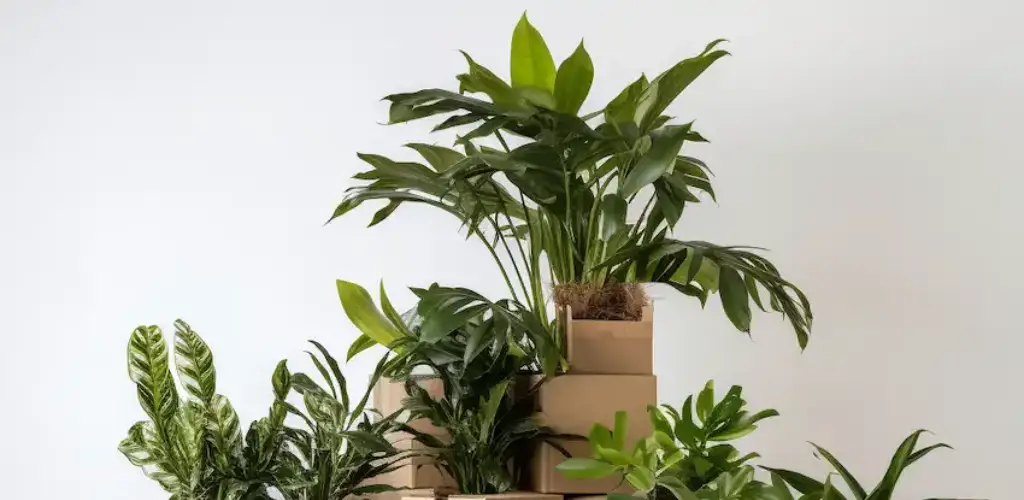
Planting in cardboard boxes represents a simple, innovative approach to gardening that is becoming increasingly popular among gardeners of all skill levels. Often touted as an effective no-dig solution, this method offers numerous benefits, particularly for those who struggle with poor soil quality or limited physical ability to farm the land traditionally. Here’s a detailed look at why using cardboard boxes for planting could transform your gardening, along with step-by-step instructions on how to set it up.

Why plant in boxes?
1. Comfort without problems:
No digging is necessary when gardening in cardboard boxes. This is particularly beneficial for those who either cannot physically dig or do not want to disturb the soil’s natural structure and inhabitants.
2. Improving Soil Quality:
For areas with poor soil, cardboard boxes provide an immediate solution. You can fill these boxes with high-quality, nutrient-rich soil, giving your plants the best possible start without having to change the existing soil.
3. Natural Composting:
Cardboard decomposes over time and enriches the soil underneath with organic material. By simply layering new boxes on top of the old ones each year, you are effectively building a composting system that continually revitalizes the soil.
4. Weed control:
The cardboard acts as a weed barrier and significantly reduces the need for manual weed control and the use of chemical herbicides.

5. Pest Control:
Raising plants in cardboard boxes can help deter certain pests and provide additional protection to vulnerable seedlings.
How to set up your cardboard garden
Materials required:
- Large boxes (remove any plastic ties or labels)
- High quality potting soil or garden soil
- Compost or well-rotted manure
- Seeds or seedlings of your choice
- Mulch (optional for additional moisture retention)
Steps:
- Choosing a location:
Choose a sunny location for your garden. Most vegetables and herbs require at least 6-8 hours of direct sunlight daily. - Prepare your boxes:
Open the boxes and place them where you want your garden to be. If the soil is not already removed, do so to allow root growth into the soil below and better drainage. - Cover the floor:
For an additional weed barrier, you can place a layer of cardboard underneath the boxes before setting them up. - Fill with soil:
Mix the potting soil with compost or manure to create a nutrient-rich environment. Fill your boxes with this mixture, leaving a few centimeters of space around the edge. - Planting:
Plant your seeds or seedlings according to specific spacing and depth requirements. Consider companion planting to maximize space and improve plant health. - Watering:
Water your new plants thoroughly. Cardboard can absorb moisture, so more water may be needed initially until the system stabilizes. - Mulching (optional):
Adding a layer of mulch to the soil can help retain moisture and further suppress weeds. - Care:
Keep an eye on moisture levels, especially during hot, dry periods. The cardboard will begin to decompose naturally, which is part of the process. - Preparing for Next Season:
Once the growing season is over, you can leave the boxes in place. In winter they begin to break down. Come spring, simply place new boxes over the old ones, fill them with fresh soil and start again.

Gardening with cardboard boxes is not only an environmentally friendly and efficient way to grow plants; It is also a testament to the versatility and adaptability of gardeners in the face of challenges such as poor soil or physical limitations.
This approach is consistent with sustainable practices by recycling materials and improving soil health without the need for chemical intervention. Whether you are an experienced gardener or a beginner, planting in cardboard boxes offers a simple but effective way to enjoy bountiful harvests with minimal environmental impact.
Inspired by that? Share the article with your friends!
